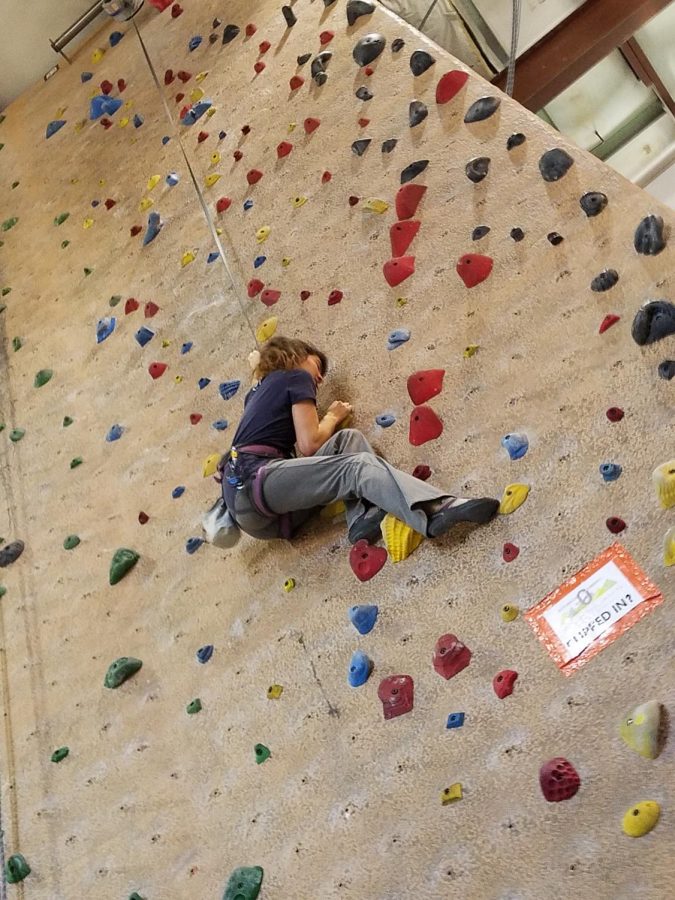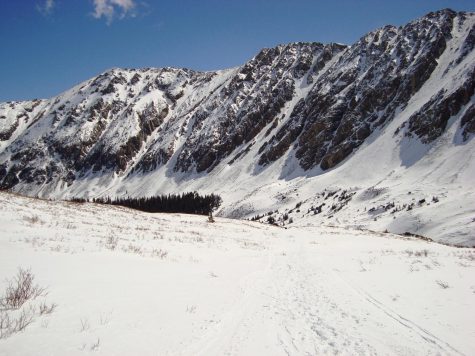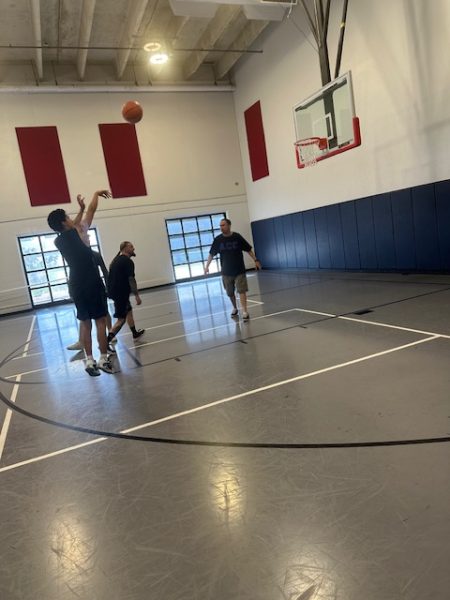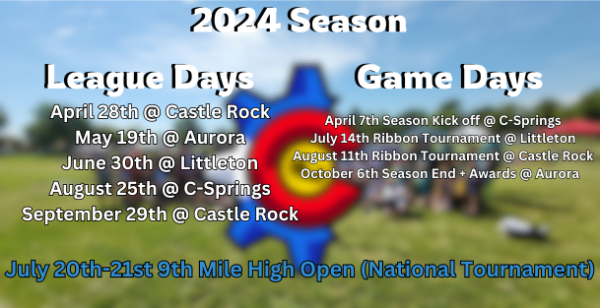Types Of Rock Climbing
A sport unlike no other. Rock climbing attracts the most adventurous athletes who are willing to defy gravity at any cost.
Rock climbing encompasses multiple techniques and styles, which can be done indoors or outdoors. Four different climbing types include free solo climbing, bouldering, free climbing, and aid climbing.
The simplest and purest form of climbing is free solo climbing or free soloing. Free soloing requires no gear and relies entirely on the physical capabilities of the individual. No protection (ropes, crash pads, removable gear) or aids are used to complete a route. It is both very dangerous and difficult, and only accomplished by fearless die-hards who are willing to risk their lives for the sport. By definition, we all have done free soloing at some point if we have climbed a tree or something similar. However, the true free soloing is extremely perilous and should not be taken lightly. An article from Outside, recounts the difficulties of free soloing through the experience of Alex Honnold.
Although bouldering can be placed as a sub category under free solo climbing, it really deserves its own category. Bouldering is different than free soloing because although it does not use any aid or protection gear, it is done on low walls with a crash pad beneath. It is also great for beginners since minimal skill is necessary to start. Climbing gyms usually have a bouldering wall in addition to the regular climbing walls.
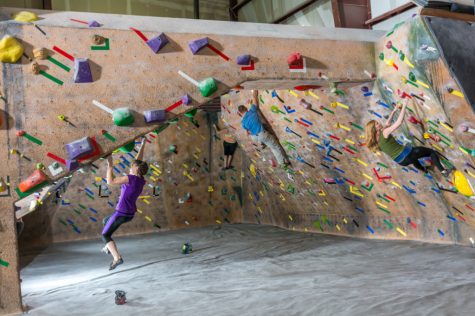 Image via Daniel Gambino
Image via Daniel Gambino
The most popular form of climbing is free climbing. Not to be confused with free soloing, free climbing is any type of climbing in which the climber uses either ropes or any type of equipment to protect them from falling, but no climbing aids are used to help the climber get up the wall. Two different types of free climbing are sport climbing and traditional “trad” climbing. Sport climbing is what typically comes to mind when one thinks of rock climbing. Permanent hardware attached to the rock are used in sport climbing whereas trad climbing uses removable hardware.

In sport climbing, there are two different techniques: top roping and lead climbing. Top roping is simply climbing with a rope attached at the top of the wall and a belayer with direct control of the rope at the bottom. This is the type of climbing done at climbing gyms, and is simpler than lead climbing. In lead climbing, the rope runs between the climber and belayer as the climber strings the rope through bolted down clips.
Another form of rock climbing is called aid climbing. Sometimes, a rock doesn’t have natural grooves or sufficient holds for the climber to use. Instead, artificial holds must be added. These can include fixed hardware or ropes for the climber to hold onto. There are numerous different types of hardware, some removable and some are permanently bolted in the rock.
While climbing outdoors on real rock is the best for climbing, indoor climbing is a good starting point for beginners who are not ready for the commitment of investing in your own gear and just want to try it out. All the necessary gear is either provided or can be rented.
Rock’n & Jam’n is one of numerous climbing gyms throughout Colorado. It does not only provide climbing walls, but offers many different events, classes, an exercise area, and caters to climbers of all levels. Rock’n & Jam’n is also twice the fun since they have two locations, one in Centennial and one in Thornton.
The best part is that students get a special price of $10 on Friday nights between 8-11pm at both locations.
The routes on the walls are changed frequently to keep climbers challenged and on their toes. Customers are allowed to help grade the routes, which helps them be more involved. The grading system is the U.S. standard. Rock’n & Jam’n has routes for all experience levels: from an easy 5.5 to a more challenging 5.13.
Climbing is not just going up a wall absently while attached to a rope. It involves actively planning your route before even starting to climb. Before a climb, it is common to see a climber analyzing the route from the ground to see the best way to approach it. The ground view perspective helps when in the middle of a route because sometimes it is hard to find the next holds since you are close up and cannot see the bigger picture.
If you choose to venture into the world of rock climbing and do not mind heights, you will not be disappointed.

Ashley Peoples is a second-year student at ACC. Although not a Colorado native, she got here as fast as she could! Colorado couldn’t be a more perfect fit for her sense of adventure and avid interests in rock climbing and hiking. After...



